How your Air Conditioner is Spreading Climate Change
How Air Conditioners contribute to climate change and some ways local companies are tackling this problem
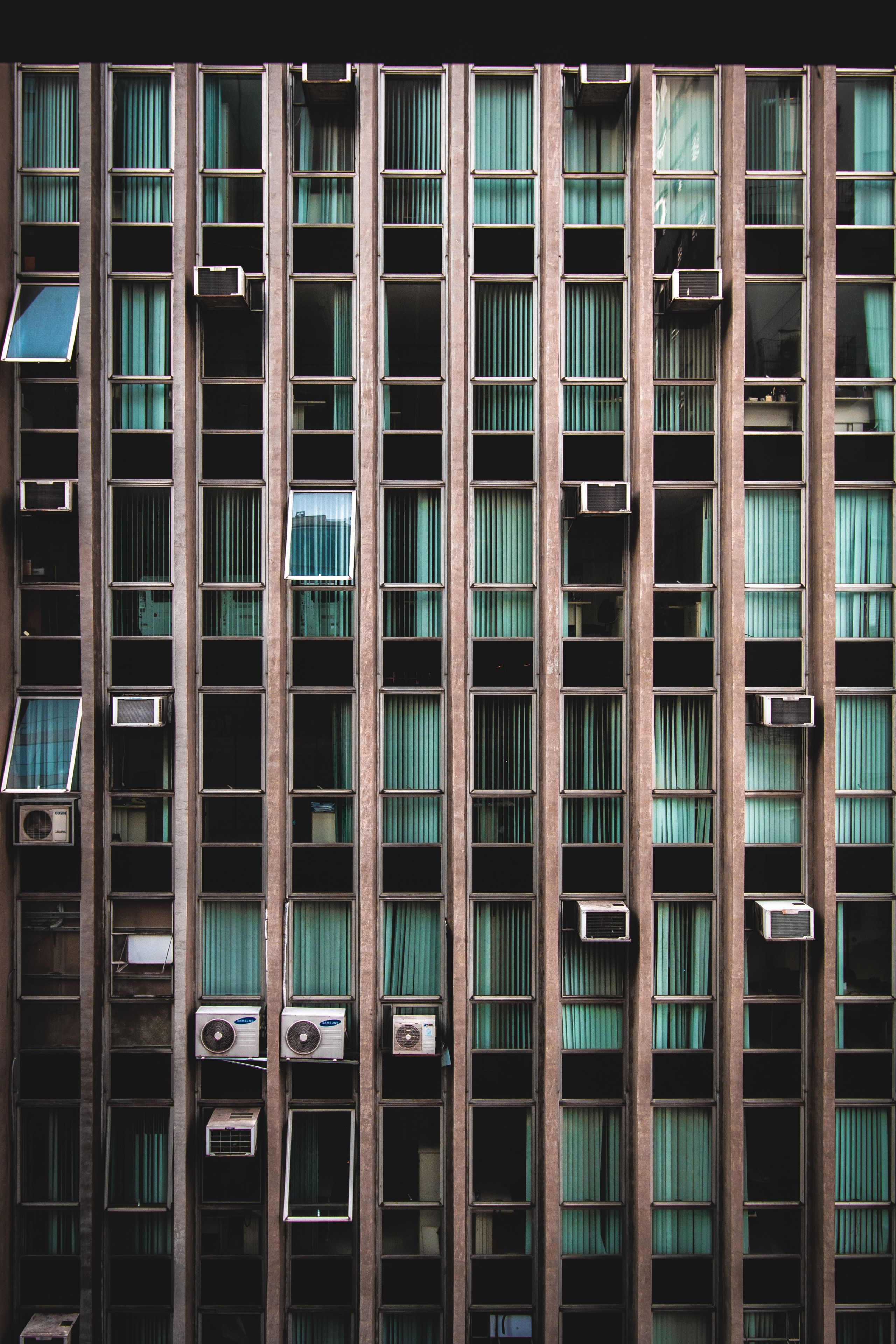
The classic staples of the south: great hospitality, great food, not so great heat and a reliance on outdated air conditioners to keep us cool.
This past summer saw record-breaking heat waves across the country, followed by an unusually warm fall. Just this last October the heat index record was broken yet again for cities from Texas to Connecticut.
Persistent heat such as this means people need to better protect themselves and try to stay cooler during the hot weather. And no home device rivals the ability of the air conditioner to keep people and homes ice cold during the hot summer.
But air conditioners, while sleek and easy to forget about, are not without consequences, which come in the form of a massive carbon footprint and energy burden.
Nearly three-quarters of all homes in the United States have air conditioners, according to the Department of Energy. They use roughly 6% of all electricity produced in the United States, costing homeowners upwards of $29 billion to operate and maintain.
With the ever-present reality of climate change, summers will be staying hotter for longer as demonstrated by the frequent breaking of heat index records.
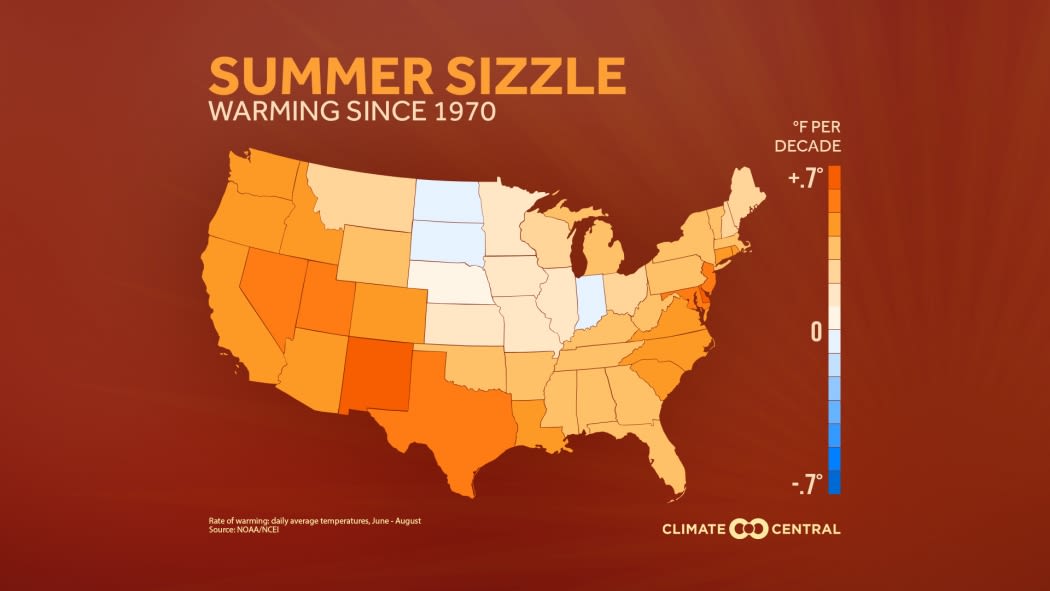
States that have seen consistent increases in temperature since 1970 from Climate Central
States that have seen consistent increases in temperature since 1970 from Climate Central
Air conditioners release roughly 117 million metric tons of greenhouse gasses into the atmosphere every year. This number is likely to grow as seasons remain hotter for longer and people seek immediate shelter from the heat.
Hydrofluorocarbons (or HFC’s for short), the environmental bane of AC systems, are a much more powerful greenhouse gas than carbon dioxide, and are the primary refrigerant used in air conditioners. HFCs can be leaked from air conditioners during production of the unit, during installation or even from an air conditioner that is outdated and in need of maintenance.
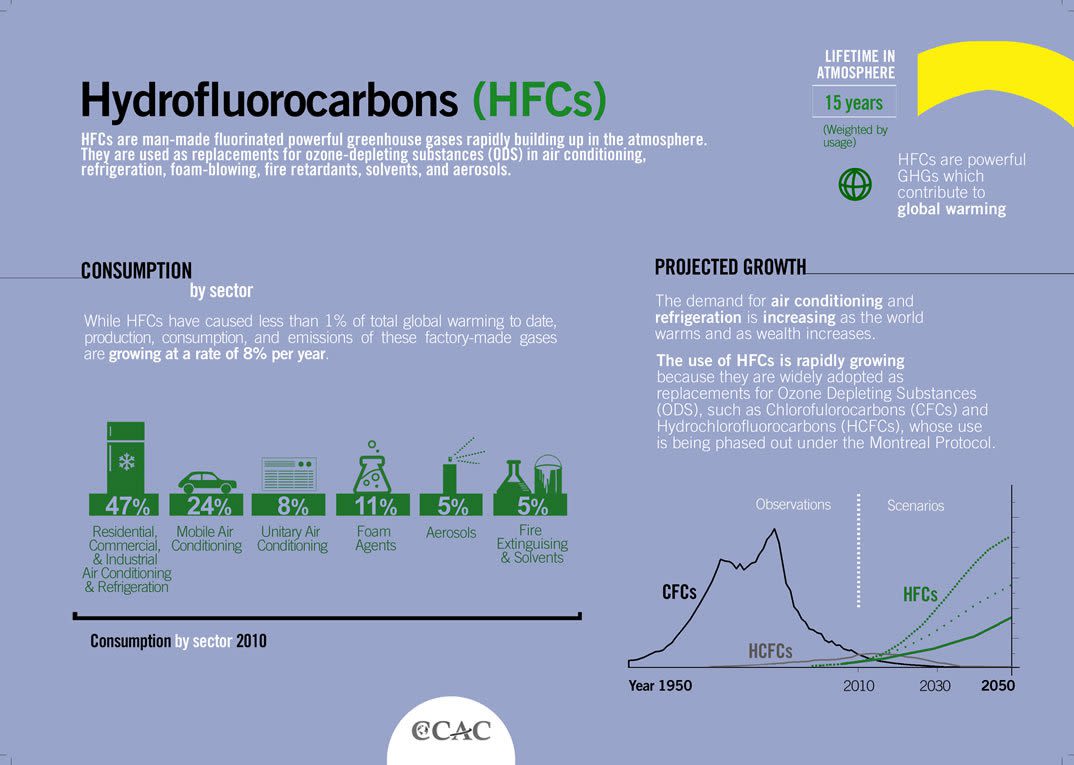
Information on Hydrofluorocarbons from the Climate & Clean Air Coalition
Information on Hydrofluorocarbons from the Climate & Clean Air Coalition
Needless to say, improvements to the designs and efficiency of air conditioners is long overdue.
Mitch Ishmael of Active Energy Systems located in Knoxville Tennessee had much to say about betterment of the air conditioner. In regard to re-designing the air conditioner from the ground up, he said that his company was merely “…enhancing the capability that was already there” for a more energy efficient and clean air conditioner. He said that the goal of his company is to “…make the air conditioner more dynamic” in its operation and usage.
To accomplish this, Active Energy Systems specializes in improving thermal energy storage for air conditioners, thus allowing them to run at a lower cost. Previously, air conditioners have relied almost solely on refrigerants like the aforementioned hydrofluorocarbons (HFC’s) to produce cold air. The innovation of Active Energy Systems was the decision to instead use a combination of refrigerants and a new smaller coil around which ice forms, providing cool air. This coil allows for the air conditioner to both consume less energy and have less dependence on refrigerants like HFC’s.
This solution does provide a source of hope for the future of air conditioning from a climate change standpoint, but aside from buying a new innovative air conditioner and hassling with installing it, what else can be done to combat climate change at an individual level?
A non-profit Knoxville based organization called ThreeCubed specializes in weatherizing low-income homes. For many homes, weatherization serves as the only defense other than air conditioning against the rampant heat.
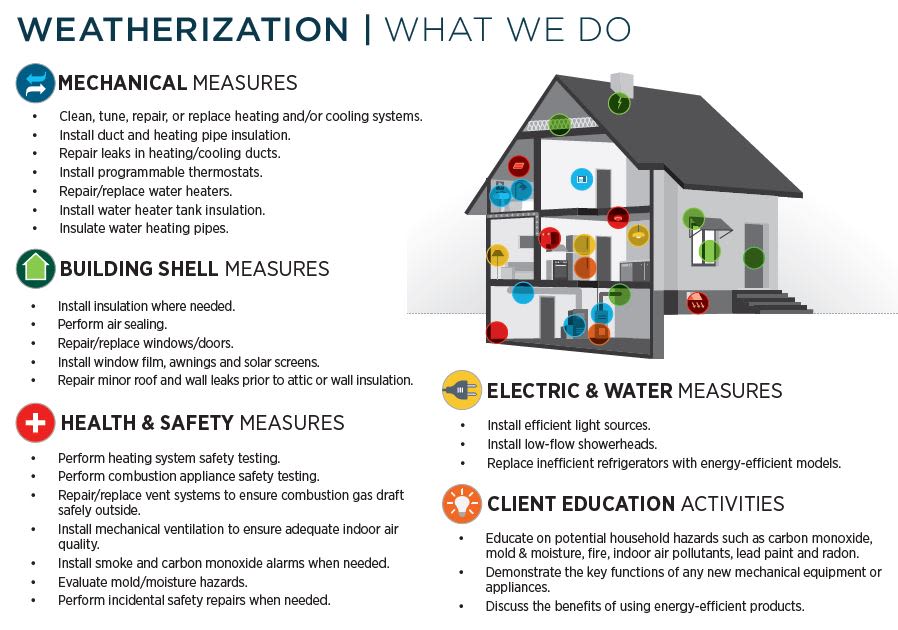
Information on Home Weatherization. Image Credits to Eric Behna
Information on Home Weatherization. Image Credits to Eric Behna
To better enable homes to fight the heat, ThreeCubed works with local Community Action Committee’s to install insulation and weather sealing into homes, as well as more modern air conditioners and refrigerators that are less dependent on HFC’s. In regard to rising climate change, ThreeCubed’s president Dr. Bruce Tonn said that there will almost definitely be a higher demand for energy efficient comfort cooling solutions. This eventual increase in demand is why it is more important than ever for air conditioners to have less reliance on HFCs and to utilize more energy efficient methods.
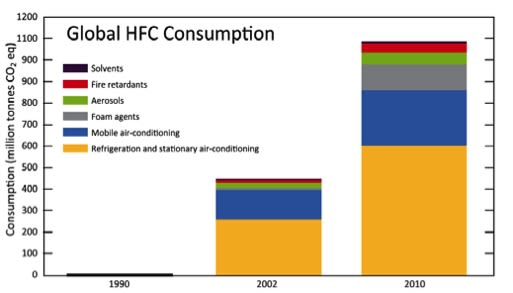
States like California and Washington have already begun legislation to phase out HFC’s in air conditioning by as early as 2023. Connecticut, Maryland and New York are expected to follow suit in the attempt to combat climate change at a local level, by better regulating the greenhouse emissions of the air conditioner.
Regarding the need for home weatherization, Tonn spoke on the concept of an “energy burden” being the amount of money spent on utilities divided by a household’s annual income. When an energy burden goes above 6%, generally problems arise. In the Knoxville area, lower income housing can sometimes reach an energy burden of up to 30%.
This is why the installation of things like air sealing and insulation is crucial for lower income housing, as being able to contain the air produced by air conditioners can drastically cut back on utility bills. To this effect, the action of weatherizing houses can directly reduce greenhouse gas emissions and help homeowners to maintain a more energy efficient lifestyle.
Furthermore, the implementation of better air conditioners that have less reliance on HFC’s is also a viable strategy to tackle climate change at an individual level.
The best things we can do to combat climate change are more often than not dependent on the choices we make as individuals. For this reason, consider upgrading to a more environmentally friendly air conditioner or weatherizing your home to help in the fight against climate change.
